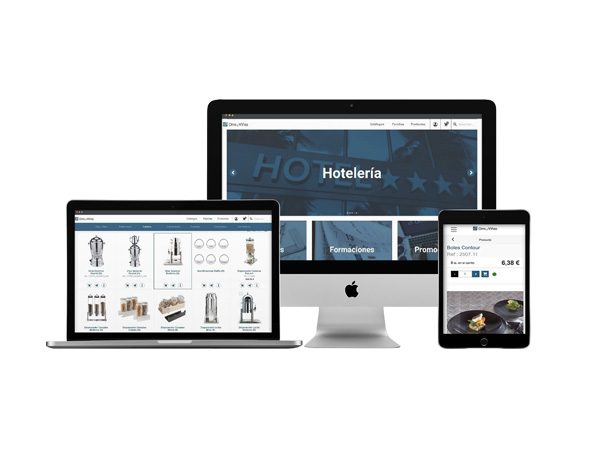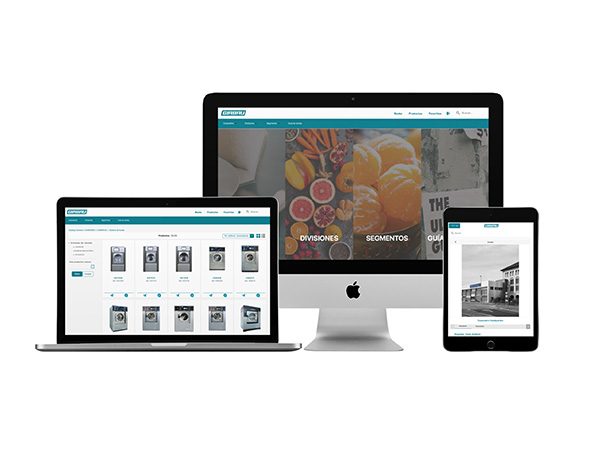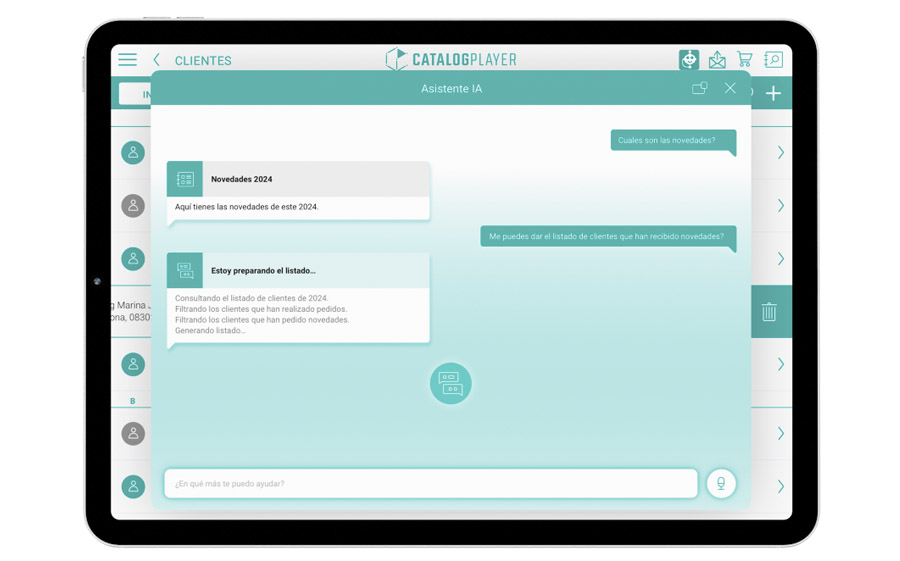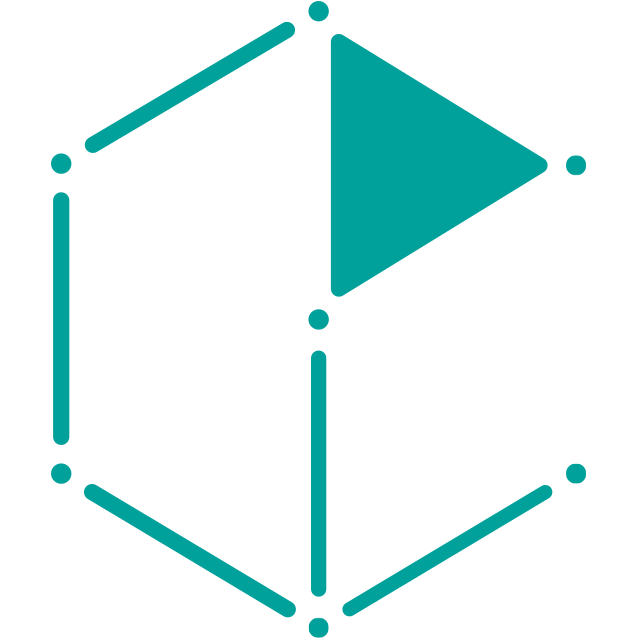
Solutions by departments
Considering that each department in a company has its specific needs, below are some of the most common roles of corporations, the most typical problems or challenges, and the solutions and benefits our products can deliver.
Management
Commercial/Sales Management
Administration/Finance Department
Marketing Department
Digital Transformation Department
IT Department
Sales Team/Sales Reps
Management

Challenges for Management
Management’s main goals are to make the business more efficient and grow revenue. KPI reports and tracking are needed for that. Addressing the digital transformation of sales is a challenge for the managers of any company, even knowing that it will boost the firm’s profile, drive more meaningful customer relations, and improve returns by lowering acquisition costs and boosting conversion rates and sales.
solutions and benefits
- Vision of a modern and digitally transformed company, by customers and competitors, which means being able to attract new customers and address new markets.
- The reliability of the information received is higher. This allows you to make decisions with greater security and with proven information, and means a higher quality of work and better results.
- Improved sales results.
- Cost savings due to inefficiencies in the manual or semi-manual process, and in the errors and direct and indirect costs that it entails.
- Optimization of the internal processes of the company at multiple levels (commercial, administration, logistics, marketing ...).
- Greater ability to retain talent and attract talent, thanks to the improvement of the internal and external image of the company.
- Greater scalability and flexibility to face new challenges: new lines of business, new markets, export ... In short: to expand.
- Improvements in interdepartmental relations, thanks to a good teamwork environment.
Commercial / Sales Address

Challenges of business management
Commercial management’s main goal is to sell more and gain more customers. KPI reports and tracking are needed for that. Without the required digital transformation, the most common problems in this department tend to be poor insight into sales activity and ignorance around what happens during visits. Seller productivity can also be sluggish, with staff putting little effective time into visits and too much effort into preparation, reporting, etc.
solutions and benefits
- Greater ability to generate cross-selling and up-selling.
- Improvement of the corporate image, with the use of advanced mobility devices and technologies.
- Greater ability to discern potential opportunities, based on the navigation made by clients and prospects.
- It facilitates the relationship with the commercial and allows the application of Best Practices and Coaching oriented to the company's objectives.
- Facilitates the onboarding of new commercials.
- Simplicity and automation in commercial management.
- Automated reporting of the planning and execution and reporting of commercial visits.
- Obtaining a lot of objective information, thanks to the fact that the visits are automatically audited (what is done, from where, how long they last, what is shown, what is shared, if there is an associated request, etc.)
- Optimize the process and concentrate it in a single tool. Each commercial can be more productive (make more visits).
- Reduction of the time invested in commercial reporting, as it is an intuitive and userfriendly tool.
- Increase in conversions and sales, thanks to targeted and segmented content and the availability of all elements.
- Savings in tools and procedures that in turn are considered more laborious and invasive by users (CRM, periodic reports ...).
- Good atmosphere, greater retention and greater attraction of talent.
Administration - finance department

Challenges of the administration department
The numerous channels and formats for receiving seller and buyer queries and orders involve a significant effort for the administration department of any firm. They are also a source of potential errors and a lot of time is wasted going over and correcting them. With a poorly digitized system, the administration department must put a lot of time into providing sales support (customer information, item availability, etc.). This generates interdepartmental tension.
solutions and benefits
- Unification of the channels and methods of communicating information back and forth with the sales team, optimizing the time invested.
- Standardize and unify communication channels with the sales team and customers.
- Reduction of errors in the sales process and the time dedicated to their preventive correction or subsequent correction.
- Improvement of workflows: debugging and optimization of sales and administration processes.
- Reduction of administrative time dedicated to supporting the sales team.
- Increase in the productive capacity and quality of work of the administrative department.
- Reduction of tensions between teams and optimization of the tasks of the departments, thanks to the fact that the commercial team becomes technologically assisted.
- Optimization of the logistics process derived from the efficient management of orders.
- Decrease in administrative complaints and claims, which means fewer procedures and higher quality and work environment.
- Improvement of the perception as a formal and technologically updated supplier by the client.
Marketing department

Marketing team challenges
In a company that has not been digitally transformed, a great deal of the work done by the marketing department is not tapped. Too much time is spent producing information and creating updated content that sellers do not use. This hurts the brand as customers are shown content that is not aligned or information that is not current. The marketing department is unaware of the material the sellers use and how they use it, and this makes it impossible to correct or improve the content and sales pitch.
solutions and benefits
- Improvement of sales and customer satisfaction with the content provided.
- Improvement of sales and customer satisfaction with the content provided.
- Contents distributed by sellers, or directly to the client, always updated.
- Obtaining objective data on the use of materials in commercial visits.
- Greater capacity for the continuous improvement of the contents from the measurement of results and obtaining visibility of real use.
- Unified content management, administration and distribution system, previously validated by the Marketing team.
- Possibility of customizing content in relation to customer segmentation, always aligned with Marketing.
- Decrease in the cost of management and the cost of printing materials.
- Potential savings in PIM-type tools.
- Savings in management costs and level of satisfaction of the department, the sales team and the client.
- Better level of collaboration between the Sales, Marketing, IT and Digital Transformation departments.
Digital Transformation Department

Challenges of the digital transformation department
Commercial management’s main goal is to sell more and create more customers. KPI reports and tracking are needed to do that. Without the required digital transformation, the most common problems in this department tend to be poor insight into sales activity and ignorance around what happens during visits. Seller productivity can also be sluggish, with staff putting little effective time into visits and too much effort into preparation, reporting, etc.
solutions and benefits
- Establish new standardized communication channels with the sales team and customers or distributors.
- Standardize methodologies for communicating information back and forth with the sales team, optimizing the time invested in different departments.
- Implementation of a system that saves direct and indirect costs to the company.
- Improvement of the auditing capacity of the activity in the Marketing and Sales areas.
- Creation of internal BIG Data in relation to content and commercial discourse.
- New KPIs and ways to measure the effectiveness of the company.
- Internal and external vision of a technologically advanced company.
- Better level of collaboration between the Sales, Marketing, IT and Digital Transformation departments.
IT department

Challenges of the IT department
The IT department,
As the area responsible for the technological tools, the IT department has the ongoing challenge of keeping the tools up to date, eliminating inefficient and/or isolated solutions. A further aim is to unify the company’s information systems and processes. With regard to the incorporation of new digital tools, the possibility of integration with ones the company already uses (CRM/ERP) is very important. The choice of problematic solutions must be avoided and they must have the lowest internal support cost for users, deployment, and maintenance.
solutions and benefits
- Well referenced solution in terms of relevant customers / brands.
- Ability to integrate with the main ERP / CRM on the market and custom integration projects.
- Specialized second level support team to support the IT team in deployment / training / technical support.
- Low investment in relation to traditional solutions in the segment, as it is a pay-per-use product.
- Better level of collaboration between the Sales, Marketing, IT and Digital Transformation departments.
- SAAS solution: it does not require local infrastructures or facilities or their maintenance. It is resized according to the needs of real use at all times.
- Simple deployment and easy to maintain.
- Friendly, efficient and modern solution that solves many deficiencies in different departments.
- Greater profitability of all the solutions as they are integrated with each other.
- Productivity, efficiency and direct and indirect cost savings of different departments.
Sales team / Sellers

Challenges of the commercial team
The sales team often has the problem of needing to handle complex tools that take up too much of their time. Sellers may also lack the tools, content, or material to best present the company’s products and services. They face the challenge of working more independently within a consistent corporate sales pitch and being able to better detect opportunities, harnessing instruments that facilitate sales activity across the sales cycle.
solutions and benefits
- Availability of all the necessary information before, during and after the visits.
- Lower learning curve and more resources available to sellers.
- Lower learning curve and more resources available to sellers.
- Ease of use for sellers, in an all-in-one tool.
- It helps to sell more and better, to do cross-selling and upselling and offers valuable information about customers.
- Greater capacity for self-management: practically total independence and autonomy from the salespeople.
- Reduction of wasted time, mistakes and frustration on the part of salespeople.
- Saving time in commercial management and internal management.
- Intuitive, non-intrusive tool that facilitates activity reporting.
- Modern and visually powerful solutions that affect the quality of the presentation and the company image, and facilitate the orientation of the message.
- Better results and easier to achieve the objectives.
- Less impact on the feeling of supervision derived from other systems (CRM).
- The report of the commercial activity is very simple, you do not need time to dedicate to the management of internal information.
- It is an attractive mobile ecosystem for the user.
- Greater satisfaction and quality of work, thanks to the use of modern tools.
- Better work environment with the rest of the departments.













